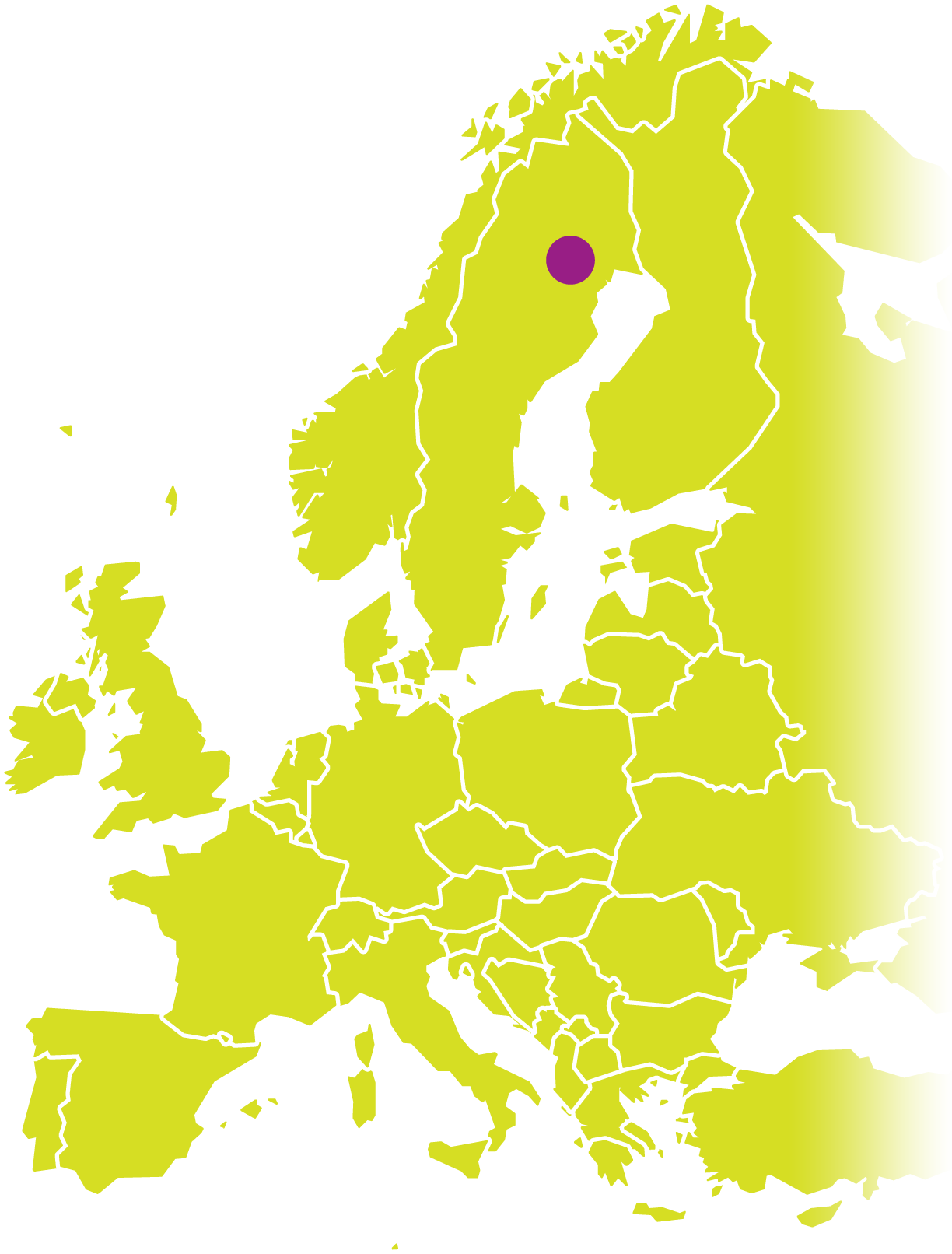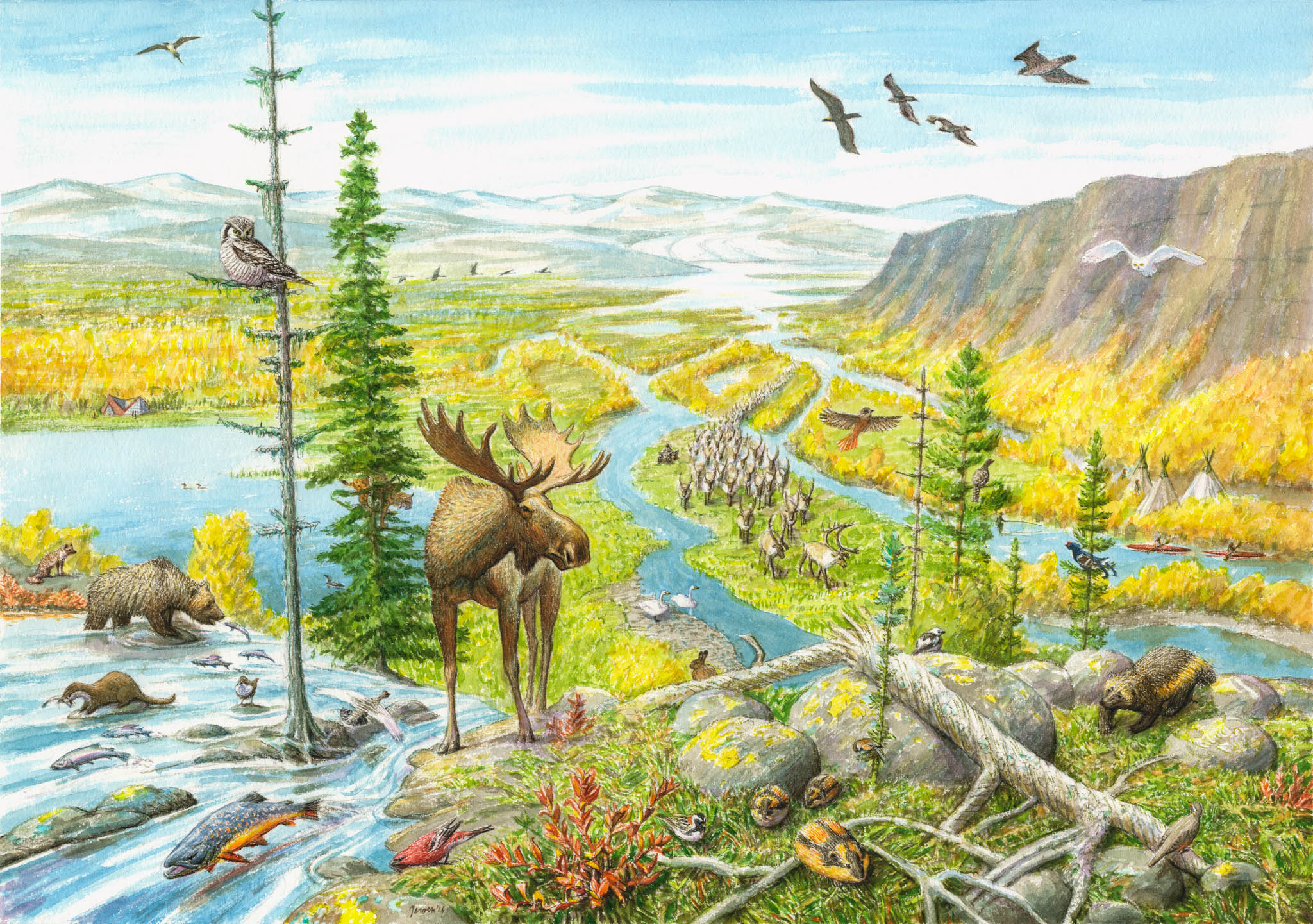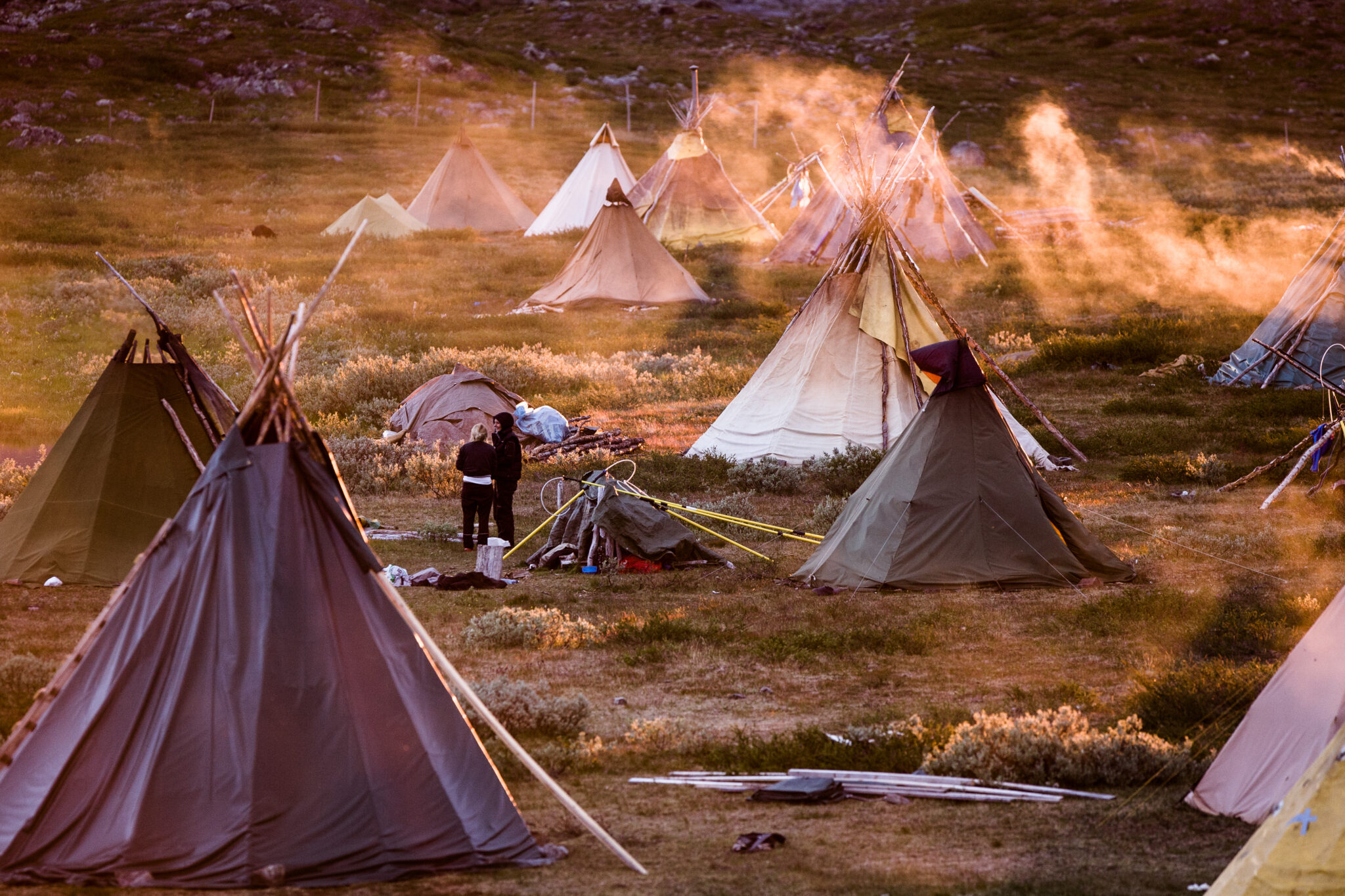Restoring the Nordic Taiga’s Wild Heart
Rewilding Sweden is a non-profit organisation restoring and rewilding nature in Sweden. Our work is demonstrated in a northern landscape we call the Nordic Taiga. We believe wild nature and people can flourish together – for biodiversity, climate, culture, and local livelihoods.
Northern Sweden’s taiga stretches across Sápmi – the cultural and historical heartland of Europe’s only Indigenous people, the Sámi. Here lies one of the continent’s last great wilderness areas: towering forests, winding rivers and vast peatlands shaped by water, wildlife, and nature’s own cycles. But there is also another side to the story. Forests have been drained and clear-cut before developing habitats for species reliant on old trees and deadwood. Rivers have been dammed and straightened, wetlands drained, and habitats fragmented. Keystone species have declined, no longer able to sustain their ecological roles.
Rewilding Sweden works to restore these natural values – for the benefit of both nature and people. By revitalising natural processes, reconnecting landscapes, supporting keystone species, and promoting nature-based livelihoods, we help ecosystems recover in ways that let nature take the lead. Since many of these species are still present but in low numbers, our main focus is to strengthen their ability to drive recovery – enabling them to expand habitats, rebuild populations, and restore vital ecosystem functions. As part of this, we also work to shift forestry practices toward greater respect for the forest’s life and diversity.
Through growing initiatives, we aim to make the taiga wilder and more resilient – a place where nature leads the way for wild species, people, and local economies to thrive together.
Northern Sweden’s taiga stretches across Sápmi – the cultural and historical heartland of Europe’s only Indigenous people, the Sámi. Here lies one of the continent’s last great wilderness areas: towering forests, winding rivers and vast peatlands shaped by water, wildlife, and nature’s own cycles. But there is also another side to the story. Forests have been drained and clear-cut before developing habitats for species reliant on old trees and deadwood. Rivers have been dammed and straightened, wetlands drained, and habitats fragmented. Keystone species have declined, no longer able to sustain their ecological roles.
Rewilding Sweden works to restore these natural values – for the benefit of both nature and people. By revitalising natural processes, reconnecting landscapes, supporting keystone species, and promoting nature-based livelihoods, we help ecosystems recover in ways that let nature take the lead. Since many of these species are still present but in low numbers, our main focus is to strengthen their ability to drive recovery – enabling them to expand habitats, rebuild populations, and restore vital ecosystem functions. As part of this, we also work to shift forestry practices toward greater respect for the forest’s life and diversity.
Through growing initiatives, we aim to make the taiga wilder and more resilient – a place where nature leads the way for wild species, people, and local economies to thrive together.








